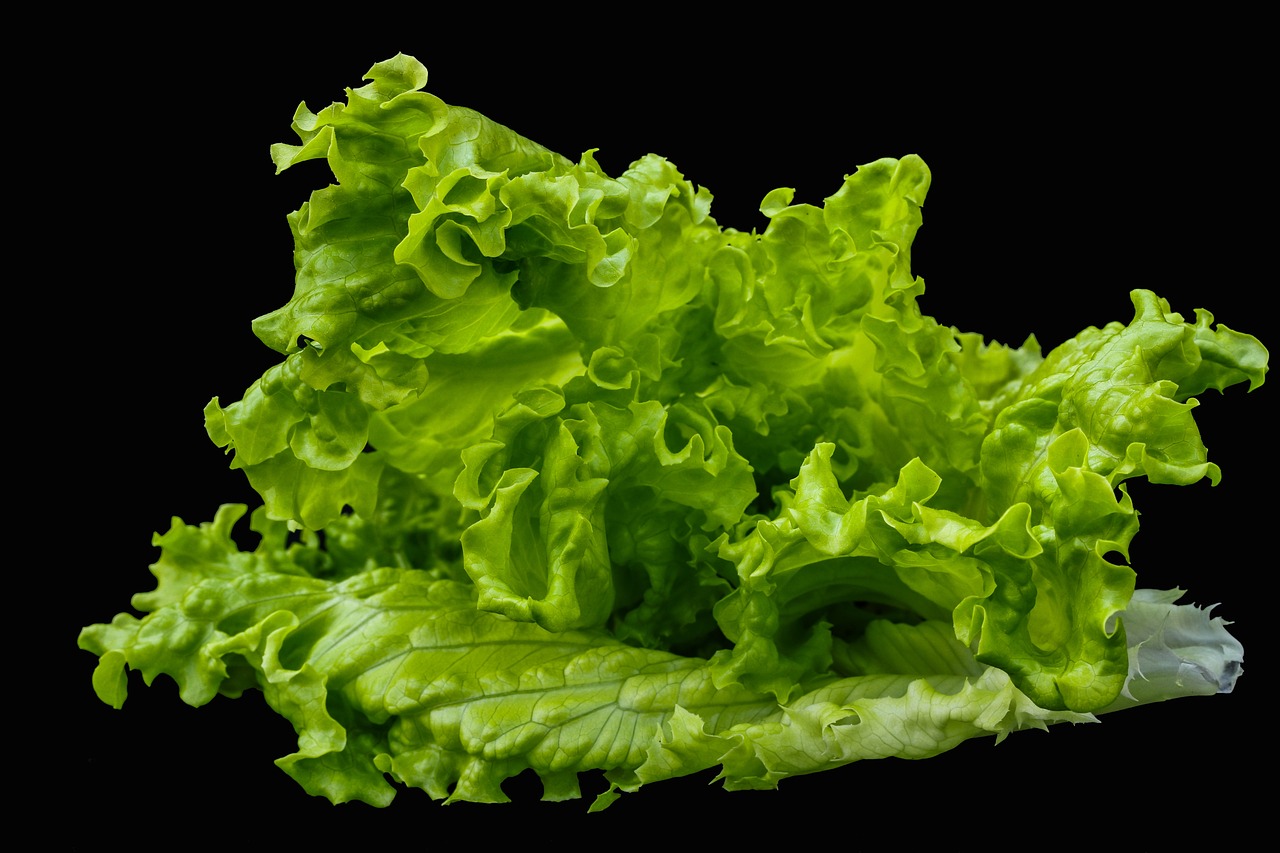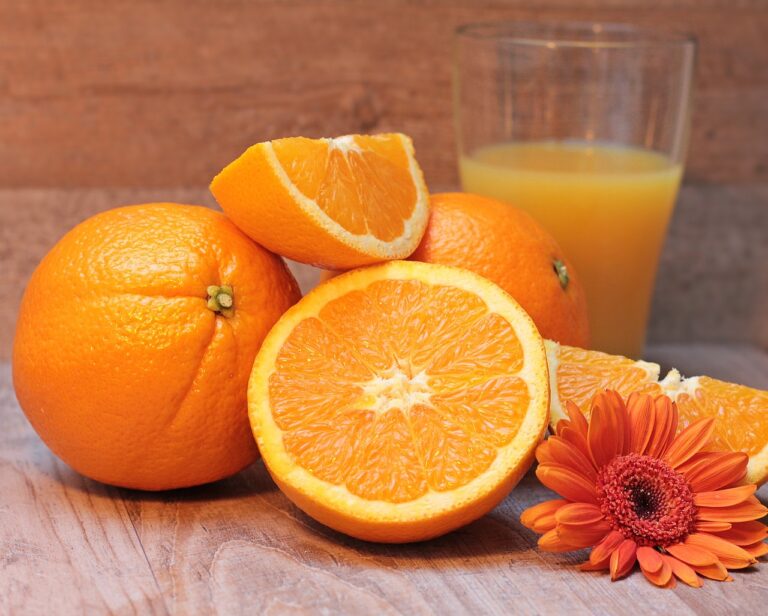Spotlight on innovative uses of fruit pulp and puree in school nutrition programs: Sky 247, Diamondexch9.com register, Tigerexch
sky 247, diamondexch9.com register, tigerexch: As schools across the country continue to prioritize healthy and nutritious meals for students, many are turning to innovative uses of fruit pulp and puree to enhance their school nutrition programs. These ingredients, often overlooked or underutilized, are proving to be valuable additions to school menus, providing both health benefits and delicious flavors that kids love.
Fruit pulp and puree are versatile ingredients that can be used in a variety of dishes, from smoothies and sauces to baked goods and savory dishes. By incorporating these ingredients into school meals, nutrition programs are not only adding a boost of vitamins and minerals but also reducing food waste by using every part of the fruit.
One of the main benefits of using fruit pulp and puree in school nutrition programs is the added nutritional value they provide. Fruits are packed with essential nutrients like vitamin C, potassium, and fiber, which are important for growing children. By including fruit pulp and puree in meals, schools can increase the overall nutritional content of their offerings without compromising on taste.
Another advantage of using fruit pulp and puree is the ability to introduce new flavors and textures to students. Many kids may be hesitant to try unfamiliar fruits in their whole form, but incorporating them into familiar dishes like smoothies or sauces can make them more appealing. By experimenting with different combinations of fruits and flavors, schools can offer a diverse range of options that cater to varying preferences.
Incorporating fruit pulp and puree into school meals can also help reduce food waste. Often, the pulp and puree of fruits are discarded during food preparation, but by repurposing them in dishes, schools can make the most of every part of the fruit. This not only saves money but also aligns with sustainability efforts by minimizing waste.
Moreover, using fruit pulp and puree in school nutrition programs can help support local farmers and promote seasonal eating. Many fruits used in these ingredients are sourced locally, which not only supports the local economy but also ensures that students are receiving fresh, seasonal produce. By highlighting the importance of eating fruits in their whole form, schools can also encourage healthy eating habits that can last a lifetime.
Overall, the innovative uses of fruit pulp and puree in school nutrition programs offer a multitude of benefits, from increased nutritional value and reduced food waste to supporting local farmers and introducing new flavors to students. By incorporating these ingredients into their menus, schools can create exciting and nutritious meals that both nourish and delight young minds.
—
**Heading 1: Benefits of Fruit Pulp and Puree in School Meals**
When it comes to school nutrition programs, the benefits of incorporating fruit pulp and puree are numerous. From added nutritional value to reduced food waste, these ingredients offer a range of advantages that can enhance the overall quality of school meals.
**Heading 2: Increased Nutritional Content**
Fruits are known for their high nutritional value, packed with essential vitamins, minerals, and antioxidants. By using fruit pulp and puree in school meals, nutrition programs can boost the overall nutrient content of dishes, providing students with vital nutrients like vitamin C, potassium, and fiber.
**Heading 3: Reduced Food Waste**
One of the main advantages of using fruit pulp and puree is the reduction of food waste. Often, the pulp and puree of fruits are discarded during food preparation, but by incorporating them into dishes, schools can minimize waste and make the most of every part of the fruit.
**Heading 4: Diverse Flavor Profiles**
Fruit pulp and puree offer a wide range of flavors and textures that can enhance the taste of school meals. By experimenting with different combinations of fruits and flavors, schools can create dishes that cater to varying preferences and introduce students to new and exciting tastes.
**Heading 5: Support for Local Farmers**
Many fruits used in fruit pulp and puree are sourced locally, which not only supports the local economy but also ensures that students are receiving fresh, seasonal produce. By incorporating these ingredients into school meals, schools can help promote seasonal eating and support local farmers in their community.
**Heading 6: Sustainability Efforts**
Using fruit pulp and puree in school nutrition programs aligns with sustainability efforts by reducing food waste and utilizing every part of the fruit. By being mindful of waste and making the most of ingredients, schools can contribute to a more sustainable food system and educate students about the importance of minimizing waste.
—
**FAQs**
**Q: How can schools incorporate fruit pulp and puree into their meals?**
A: Schools can incorporate fruit pulp and puree into a variety of dishes, including smoothies, sauces, baked goods, and savory dishes. By experimenting with different recipes and flavor combinations, schools can create delicious and nutritious meals that appeal to students.
**Q: Are fruit pulp and puree expensive to use in school nutrition programs?**
A: While the cost of fruit pulp and puree may vary depending on the type of fruit and sourcing methods, many schools find that using these ingredients can be cost-effective in the long run. By reducing food waste and supporting local farmers, schools can offset the cost of incorporating fruit pulp and puree into their meals.
**Q: Can students with dietary restrictions or allergies consume fruit pulp and puree?**
A: Schools should be mindful of students with dietary restrictions or allergies when incorporating fruit pulp and puree into their meals. It is important to communicate with parents and students to ensure that all dietary needs are accommodated and that alternative options are available when necessary.







